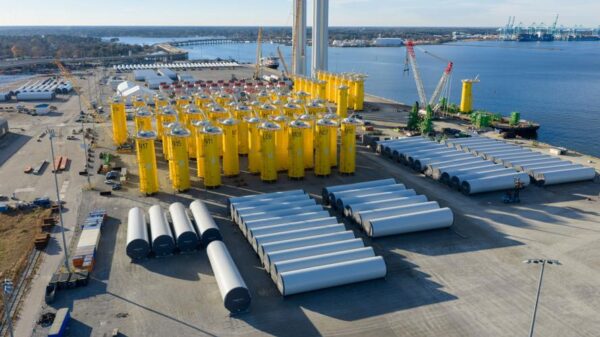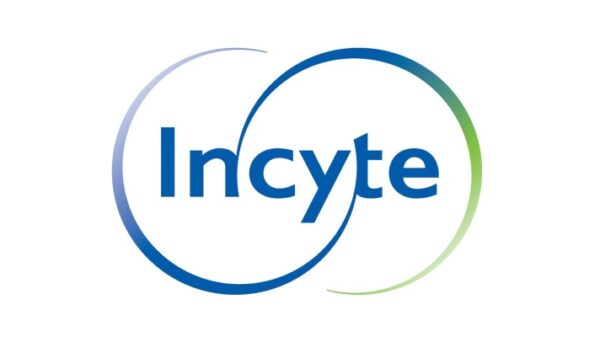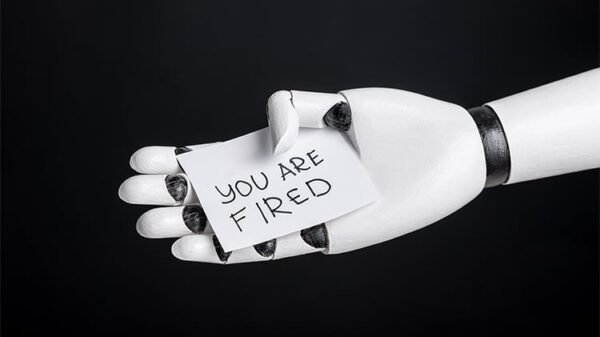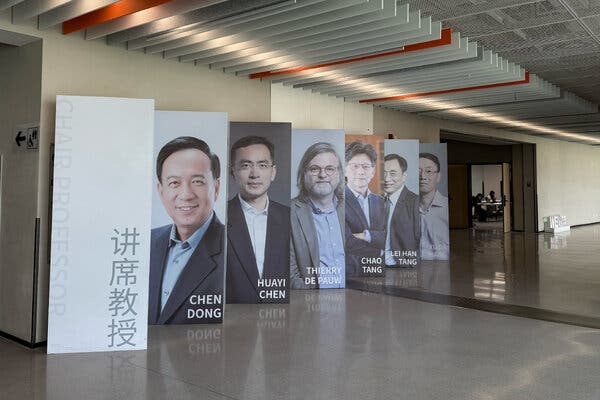As the Biden administration prepares to impose a significant fee increase on H-1B visas, China is simultaneously unveiling a new initiative to attract skilled foreign workers. Starting on October 1, 2023, the Chinese government will introduce the K visa, specifically designed for graduates from top universities in science, technology, engineering, or mathematics (STEM). This move is part of China’s broader strategy to bolster its scientific community and compete with the United States for technological and geopolitical leadership.
The announcement of the K visa follows President Donald Trump‘s recent decision to levy a fee of $100,000 for H-1B visas, raising concerns among American companies reliant on foreign talent. While the U.S. administration has focused on reducing immigration and federal research funding, China has opted to invest heavily in research and development, making significant strides to attract top scientists from around the world.
The K visa aims to simplify the entry process for skilled workers, allowing for longer stays and multiple entries without the need for a formal invitation from a company. This could significantly benefit start-ups and foreign students seeking employment in China, according to Angus Chen, a headhunter for technology companies based in Shenzhen. He noted, “Staying in China afterward to look for jobs will become much easier,” adding that major tech companies like Alibaba and Huawei may find it easier to bring in foreign consultants on short notice.
China’s efforts to attract foreign talent come in the wake of increasing nationalism in the U.S., particularly in Silicon Valley, where a growing “America First” sentiment has made many foreign workers feel unwelcome. George Chen, a partner at The Asia Group, remarked that skilled workers from abroad may view the K visa as an alternative opportunity.
Historically, China has relied on domestic talent, focusing heavily on educational initiatives in STEM fields. Despite producing the most STEM graduates globally, China lags behind the U.S. in critical areas like semiconductors and biotechnology. Consequently, the country is eager to enhance its workforce with foreign expertise.
While the K visa marks a step towards a more open China, challenges remain. Foreigners seeking to work or do business in China still encounter a cumbersome visa process, often requiring sponsorship from a company and government certification as “high-level talent.” Although the Chinese government has attempted to streamline this process, significant barriers still exist, including language differences and limited pathways to permanent residency.
The K visa is unlikely to fully replace the H-1B visa, particularly given the complex relationship between China and India, the largest group of H-1B holders. Some Indian analysts argue that an easier visa process may not be enough to entice individuals to relocate to China. Santosh Pai, a lawyer in New Delhi, explained, “They’re not going to the U.S. because they got a visa. They’re going because it’s a whole lifestyle.”
Additionally, while the Chinese state media has promoted the K visa as evidence of the country’s openness, there is a contrasting narrative from Xi Jinping, who has emphasized the importance of self-reliance amid geopolitical tensions. Observers caution that the K visa initiative is primarily aimed at advancing China’s own technological agenda rather than fostering genuine openness.
As the global competition for talent intensifies, the implications of these changes remain to be seen. The K visa represents a significant shift in China’s approach to attracting skilled workers, but whether it can compete with the allure of the United States remains uncertain.







































































